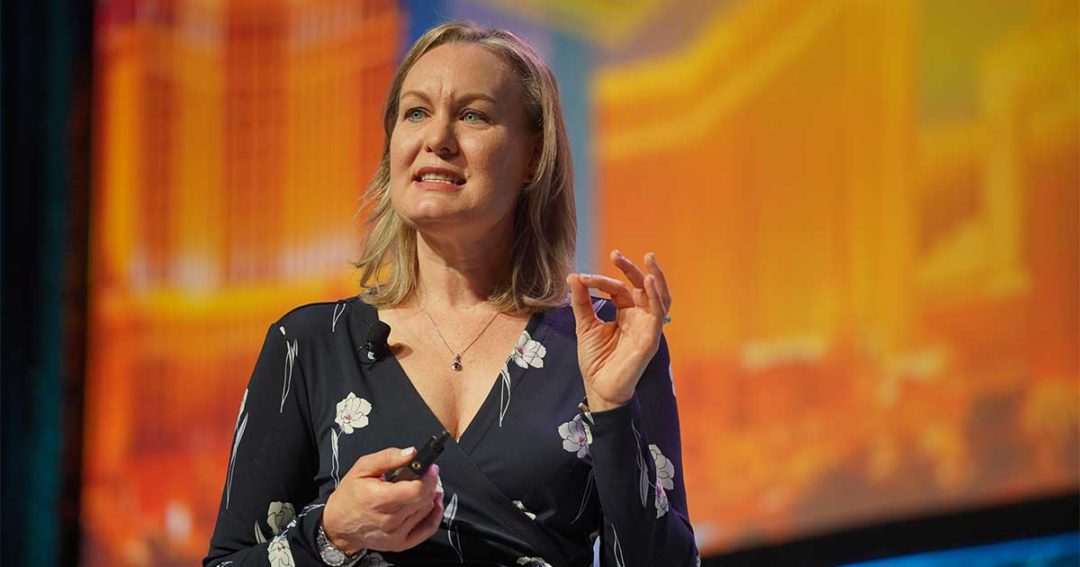3 pillars of leadership excellence
‘Not everyone is meant to be a leader of people,’ says leadership expert Laurie Maddalena.

Today’s chaotic and ever-changing world requires an upgrade in leadership skills, says Laurie Maddalena, a certified executive coach and leadership development consultant.
A good first step: Stop promoting people to leadership positions as a reward for hard work or technical ability, says Maddalena, who addressed America’s Credit Union' 2024 Marketing & Business Development Council Conference Monday in Las Vegas.
Doing so has led to many ineffective managers in the workplace, she says. “Not everyone is meant to be a leader of people. We need to stop making leadership the only next step in a career path and allow people to grow in their current roles. If you don’t love working with people and building connections, you probably shouldn’t be a leader.”
Maddalena offers three pillars of leadership excellence:
1. Create clarity. The team understands the credit union’s priorities, where they fit into the organization’s mission, and where to focus their time and energy.
“Focus is one of today’s most important leadership skills,” she says. “Ineffective leaders are focused on the weeds, not important areas.”
2. Caretake the culture. This involves building connections, career pathing, and developing staff.
“This is a huge responsibility in modern leadership,” Maddalena says. “If someone isn’t performing, you need to have tough conversations. Putting those off affects the whole team. This wasn’t important in a traditional environment, which is why many leaders and managers are struggling.”
3. Consistency and results. “How we get results is important,” she says. “We must facilitate results in a positive and principled way by caretaking the culture.”
The most common “leadership saboteurs,” according to Maddalena, are conflict avoidance and a lack of self-awareness, focus, delegation, and team engagement.
“Leaders need to move from fixing to facilitating,” she says. “People want fulfillment in their work, to feel a connection to their company, and to be valued as humans. As we create modern leadership practices, we can move the needle on employee engagement. If we want engaging cultures, we need engaging leaders.”
